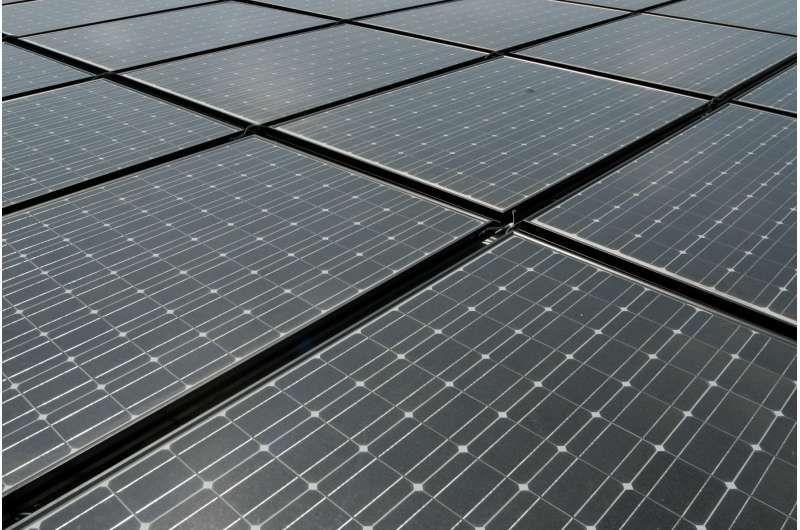Copper-based quaternary sulfide nanomaterials, especially for Cu-Zn-In-S (CZIS) and Cu-Zn-Ga-S (CZGS), which consist of non-toxic elements are attractive candidate for solar photocatalytic hydrogen production due to their tunable bandgap, good chemical and thermal stability, environmental benignity, and facile synthesis from abundant and inexpensive starting materials. Unfortunately, the low electric conductivity, rapid recombination rate of photogenerated electrons and holes as well as the less accessible surface-active sites have greatly limited their photocatalytic performance.
Recently, the research group led by Prof. YU Shuhong at the University of Science and Technology of China have designed a simple colloidal method to synthesize single crystalline wurtzite CZIS nanobelts, as well as the single crystalline wurtzite CZGS nanobelts assisted with oleylamine and 1-dodecanethiol. The research article entitled "Single crystalline quaternary sulfide nanobelts for efficient solar-to-hydrogen conversion," was published on Nature Communications on Oct. 15th.
Researchers first used first principle density functional theory (DFT) calculation to explore the explore the reaction Gibbs energy (ΔGH) of (0001), (1010), and (1011) facets of wurtzite CZIS. The calculation results showed that the (0001) facet had the smallest binding strength to atomic hydrogen. Following the Bell-Evans-Polanyi principle, researchers expected that the (0001) facet was the most favorable surface for photocatalytic hydrogen production on CZIS.
Researchers then designed a simple colloidal method to synthesize single crystalline wurtzite CZIS nanobelts (NBs) exposing the (0001) facet, as well as the single crystalline wurtzite CZGS NBs with the exposed (0001) facet assisted with oleylamine and 1-dodecanethiol. The as-prepared nanobelt photocatalysts show excellent composition-dependent photocatalytic performances, for CZIS and CZGS nanobelts under visible-light irradiation (λ>420 nm) without co-catalyst.
This work shows the significance of surface engineering of quaternary sulfide photocatalyst to achieve better performance. This photocatalyst design method can be exploited to other semiconductor material systems, thereby enabling novel photocatalysts that use the low-cost elements to efficiently catalyze special reactions.
More information: Liang Wu et al, Single crystalline quaternary sulfide nanobelts for efficient solar-to-hydrogen conversion, Nature Communications (2020). DOI: 10.1038/s41467-020-18679-z
Journal information: Nature Communications
Provided by University of Science and Technology of China























